
The Future of US Super Power Status Post COVID
Tue, 20 Oct 2020 | Reading Time: 10 minutes

Current Geo-Political Landscape
We live in troubled COVID times which has accelerated the change in the international geopolitical landscape. USA, the lone superpower for over two decades has realized that global leadership is not a right, and even if it was, USA by its actions is shedding that mantle. The world and ironically the Americans are analyzing, watching and reading the geo-political and geo-strategic signals and relative comprehensive national power (CNP) indices of nations, especially of USA and China intently, to catch the emerging trends accurately. Currently, the number of doomsayers predicting a permanent gradual/ sudden degrading of US status and power projection capabilities outnumber the hopefuls who predict that like numerous times before, the USA will bounce back and retain its numero-uno status. A multi-polar world in a multi-domain security environment is crystallizing post-COVID. In its National Security Strategy paper (2017), the US has acknowledged the emergence of China as a peer competitor, and along with Russia being her main adversaries. Nations including the USA are busy manoeuvring strategically through a world of ‘persistent engagement’, conducting 24X7 multi-domain (MD) cooperation, competition, confrontation and even conflict if national interests dictate so.
The Multi-Domain Environment
The MD environment includes political, diplomatic, informational, military and economic (PDIME) and other kinetic and non-kinetic domains. Confrontation/conflicts have enlarged in time, geography, space and domains from the traditional land, air and sea to include cyber, space, information and media (information influence operations (IIO), psychological operations ( PSYOPS ), niche technology (AI, nano, hypervelocity systems, robotics), network centricity, and domination of electromagnetic spectrum. These game-changers have drastically changed the very concept of deterrence and compellence, as even smaller, poorer nations/groups/corporates can use a combination of domains especially the non-cognitive/non-kinetic. Illiberal/autocratic/dictatorial nations and groups like Iran, North Korea, Pakistan, Venezuela, Syria, Al Qaida, IS, Taliban are thumbing their noses at the USA, international institutions and opinion, and discovering the ability to act below red lines of conventional conflict to achieve their objectives. China and Russia have mastered this art. Today, the United States finds itself not apart or atop but amid the world, both shaping and being shaped by global events and forces. This article provides an overview post/ongoing COVID of US power and influence; a declining power whose economy, power projection capabilities and influence are waning; or born-again resurgent USA which will manage to tide over challenges especially China and remain dominant in global affairs; or become ‘first amongst equals’ in a multi-polar world.
The Trump Phenomenon
Most of Washington’s allies (with a few notable exceptions, like Israel and Saudi Arabia) are of the “Anybody but Trump” inclination[1]. . Restoring a constructive US role in the world will require much more than replacing Trump. In a lighter vein after witnessing the first presidential debate between Trump and Biden, hits on how to migrate to Canada hit an all-time high in the USA, while the rest of the world watched aghast. President Trump’s ‘America First’, zero-sum transactional policies, pulling out of numerous multilateral agreements/treaties (like climate change, trans-Pacific partnership, Iran nuclear deal, WHO), resorting to bilateral deals, annoying long-standing allies, indiscriminate use of sanctions and levying of taxes on goods, is losing USA friends, credibility and it’s hard-won global acceptance at an alarming pace. The irony of most of the actions not having met their proposed goals/compliance, is not lost on the domestic and international audience.
Indicators of a Declining Power
Historical Precept. Countries decay only in retrospect[2]. Historically, powerful states suffer from the “comfort zone cult,”, the tendency to believe that ‘reason will prevail’ and that ‘everything will be alright’ being seductive. When a crisis erupts, it is likely to be unexpected, confusing, and catastrophic, with the causes so seemingly trivial, the consequences so easily repairable if political leaders would only do the right thing, that no one can quite believe it has come to this. The USA, a country which enjoys untrammelled power for decades, has little incentive to look inward at what was wrong at the core. The US, therefore, has no wish to change its ways either of its own free will or, still less, by making concessions to anyone or anything. A political system at some point triggers one of two reactions; a devastating backlash from those most threatened, or a realisation by the change-makers that their goals can no longer be realized within the institutions and ideologies of the present order?
Geo-Political Indicators. The US share of global GDP has been declining steadily from 51 percent in 1951, 25 percent in 1999 to around 15 percent now. China today has surpassed annual US aid disbursals. Bewildering surrender of the USA to COVID 19 without fighting, both internally and externally is a significant indicator of its current stomach for moral, material and crisis global leadership; leading to uncoordinated international response to the pandemic; resulting in economic downturns, a resurgence of nationalist politics, hardening of state borders; accelerating the emergence of a less cooperative and more fragile international system. The Chinese economy is becoming “a very serious rival” and globalization has dispersed economic power widely around the globe. China’s multi-trillion-dollar Belt and Road Initiative (BRI), which is an economic and power projection/influencing pathway is proof of China’s growing clout. The US no longer sets the agenda or calls the tune in the Middle East (Russia, Turkey, Iran and Saudi Arabia ). Three developments led to a unipolar world; first, after the defeat of communism (China can no longer be defined as one), the US faced no major global ideological rival; second, it also brought about collapse of accompanying infrastructure of institutions and partnerships, and smaller/developing/ illiberal states lacked significant alternatives when it came to securing military, economic, and political support; and third, democratic liberal order was the flavour of the season and got increasingly bolstered[3]. Changed geopolitical environment signals the decline of US global leadership, and regional powers are seeking domination of their strategic space, and many feel the decline is not cyclical but permanent.
The Multi-Polar Emergence led by Russia and China[4]. Nations have options to seek alternative patrons, ideologies and rival narratives which often appeal to weaker states/autocratic leaders/illiberal regimes, rather than remain dependent on US and Western largesse and support. New regional organizations, such as BRICS, and illiberal transnational networks contest US influence. Decisive shifts in the global economy, the rise of Indo-Pacific, Asia particularly China, have transformed the geo-economic landscape. China and Russia now directly contest the international order from within that order’s institutions and forums; at the same time, they are building an alternative order through new institutions and venues in which they wield greater influence (lesser focus on human rights and civil liberties). As a permanent member of UNSC at the United Nations, they have coordinated their opposition to criticize Western interventions and calls for regime change; they have vetoed West -sponsored proposals on Syria, Venezuela and Yemen. In the last 15 years, both voted the same way 86 percent of the time, unlike 21 percent with the US.
Creation of Security Organizations sans the USA and her Allies. China and Russia have pushed a plethora of new regional security organizations[5], including the Conference on Interaction and Confidence Building Measures in Asia (CISA), the Collective Security Treaty Organization (CSTO), the Shanghai Cooperation Organization (SCO), and economic institutions like Asian Infrastructure Investment and New Development Bank (AIIB). These emerging structures of global governance compete with older, more liberal structures. Apart from BRI, China and Russia are entering areas traditionally dominated by the United States and its allies; China convenes the 17+1 group of central and eastern European states and the China-CELAC (Community of Latin American and Caribbean States) Forum. Against a common adversary USA, Russia and China have successfully managed their alliance of convenience, defying predictions that they would be unable to tolerate each other’s international projects. In CAR, which Russia considers its backyard, Kremlin’s rhetoric has shifted from talking about a clearly demarcated Russian “sphere of influence”, to embracing a “Greater Eurasia” in which Chinese-led investment and integration dovetails with Russian efforts to shut out Western influence.
China is not USSR; Integrated into Global System. China is a peer competitor that is more formidable economically, sophisticated diplomatically, and more flexible ideologically than the Soviet Union ever was. And unlike the Soviet Union, China is deeply integrated into the world economy, especially the US. The strategy of containment worked on an economically weak USSR. Beijing has been better at converting its country’s economic heft into strategic influence. China has embraced globalization to become the top trading partner for more than two-thirds of the world’s nations. Ironically, China is central to the prosperity of American allies and partners!
The Optimists Version: Comeback Nation[6].
Stating the obvious first, the US has by far the most powerful, technologically advanced military in the world with the most effective power projection capabilities. The US has always faced the cyclical churn of the global economy resolutely and come back stronger. The global currency is the US Dollar. Close to 90 percent of global financial transactions conducted through banks use the dollar, even if the deal does not involve an American party. By 2019, the United States accounted for 56 percent of global stock market capitalization, up from 42 percent in 2010. Even now US soft power coupled with its other facets of CNP, makes it the most powerful nation.
China’s Economy in Dire Straits. China’s debt now amounts to nearly 27 percent of GDP, zombies account for ten percent of corporate debt in China, making it highly vulnerable to a global financial crisis. The most important driver of any economy is the working-age population, which is shrinking, and historically, countries with a shrinking workforce have had virtually no chance of sustaining rapid economic growth for even one decade. The Chinese economy has been fueled by a credit bubble of epic proportions and as per IMF is unprecedented and unsustainable. China’s growth story is based on exports, which is already badly hit due to reasons of a global slowdown and negative COVID reactions internationally, leading to further stagnation.
Whither US Supremacy
New World Order. Having seen both sides of the coin, it would be fair to say that the US has lost its superpower status, but remains the most powerful global power for some time to come, depending on its geo-political-economic-strategic-security related policies and actions. For the US political and economic model to retain considerable appeal, she has to first get its own house in order. China will face its obstacles in producing an alternative system; she has irked partners and clients with its pressure tactics and its opaque and often corrupt deals; she has many trading partners but few allies. The US influence has never been premised on power alone, but also depends on an ability to offer others a set of ideas and institutional frameworks for mutual gain[7]. Even at the peak of the unipolar moment, Washington did not always get its way. As long as the core of the US system, remains robust, and the US, EU (and allies like Japan, South Korea, Australia, India) can leverage their combined economic and military might to their advantage, the US will remain the major player in international geopolitics, strategy and security affairs. Undoubtedly, she will have to get used to an increasingly contested and complex international order[8]. To sum up, the US currently leads the strongest military and economic coalition in a world of multiple centres of power. Adapting to the new world order with smart statecraft will allow the USA to navigate a world defined by competing interests and shifting alliances.
US-China Strategic Play. There are no easy answers; the moderates preach coexistence on terms favourable to US interests and values involving elements of competition, cooperation and occasional confrontation, geared toward securing those favourable terms; the hawks naturally want a robust confrontationist approach because they believe that coexistence is not feasible in this ‘realpolitik’ world. Given historical precedence of China/CCP story, her phenomenal economic growth coupled with a modern multi-domain military, and ever-increasing diplomatic, political and influencing heft, China is unlikely to accept coexistence and will challenge the US for domination initially of Asia and subsequently the world. Cold war or increasing animosity between USA and China is very worrying, indeed. 
Unlike with USSR/Russia where CBMs and Crisis Management Protocols (hotlines, codes of conduct, arms control agreement) exist(ed) to avert a crisis/disaster; the United States and China lack similar instruments to manage crises at a time when new domains of potential conflicts, such as space and cyberspace, have increased the risk of escalation. As China’s presence around the world grows, the US should avoid demonizing China as it is doing now and avoid the tendency to see nations only in terms of their relationship to China. The United States lacks both the will and the resources to consistently outbid China and other emerging powers for the allegiance of governments. Most nations will prefer to maintain a stable, win-win relationship with both. Many leaders, nations, world institutions are watching with apprehension and alarm the high probability of the dawn of a new ‘cold war turning HOT’ due to increasing militarization, brinkmanship in all domains between the USA and China especially in the China Seas (South and East) and Taiwan, with Trump appearing determined to escalate and force a showdown, thanks to upcoming elections. Biden, the Democratic challenger cannot afford to be seen as weak either (bipartisan anger against China is the flavour of the season in the USA), and even a change of leadership may at most see some moderation, but unlikely to see a major change of stance.
Chinese Perception of USA-India Relations and India’s Dilemma.[9]
. Nothing is simple in geo-politics-strategy, and China naturally views India’s relations with the US, more from the US perspective. Some view US-India relations as an attempt by the US to contain China’s rise, and moderates see some of the contradictions in the relationship as inhibiting long-term strategic cooperation. Ironically, this is exactly India’s dilemma including President Trumps vacillating foreign policy moves, and uncertainty post-Trump (though there appears to be bi-partisan support for India – given the current environment). The festering border dispute between China and India is cited as a source of resentment that makes India an ideal partner for a US containment strategy. Most watchers see US-India ties through the security and containment prism and are powerful voices.
Recent Border Tensions along LAC. China is aware that India values her ‘strategic autonomy’, will act in the national interest and make independent policies and decisions. China does not view the US as neutral in the dispute and Trump’s offer to mediate has been rejected by China. China is also aware of India joining the US camp if driven too hard, apart from the dawning realization that India is no longer a soft state and will stand resolutely and be prepared to fight when its sovereignty and national interests are threatened. Fact is, many in China till now, did not view India as a challenge to its security interests, but coupled with the USA, they see India as a potential geostrategic concern/threat. India must prepare to meet future geopolitical challenges by continuously increasing its CNP (internal, external and soft power), and retain its strategic autonomy.
Conclusion
The US Unipolar Moment has passed, and it isn’t Coming Back. The USA will continue to remain the ‘first amongst equals’ for quite some to come. She has realized that she needs to integrate better into the geopolitical environment. The struggle between the US and China is ultimately over which country offers a better road to progress. Chinese President Xi Jinping’s China dream (including BRI) is to define an alternative path, a model of capitalism without liberalism and democracy. The jury is out on which ideology will win. India must chart its own path, exploit the geopolitical environment and possesses all the characteristics of becoming ‘The Balancing Power’ of the World.
References
[1] ‘The US is not Entitled to Lead the World’ by James Goldgeier and Bruce W. Jentleson, Foreign Affairs, Sep/Oct 2020 issue
[2] ‘How a Great Power Falls Apart: Decline Is Invisible From the Inside’, By Charles King; Foreign Affairs, June 30, 2020
[3] ‘Competition Without Catastrophe: How America Can Both Challenge and Coexist with China’ by Kurt M. Campbell and Jake Sullivan, Foreign Affairs, Sep/Oct 2019)
[4] Innumerable publications, internationally and regionally publish Articles/podcasts on US status as a superpower and its future. Perused Wikipedia, Encyclopedia Brittanica and numerous magazines (including digital) focused on geopolitics, strategy and security.
[5] ‘The decline of US global leadership: Power without authority’ by Allen Behm, in The Interpreter published daily by the Lowy Institute on 07 Oct 2019; Link – https://www.lowyinstitute.org/the-interpreter/decline-us-global-leadership-power-without-authority
[6] Consulted from the article ‘Is America still the world’s only superpower or is China a real rival? Experts aren’t so sure anymore’ by Christina Zhou, posted 23 Jun 20, Link – https://www.abc.net.au/news/2019-06-23/united-states-still-the-worlds-only-superpower/11195636.
[7] ‘The Next Liberal Order: The Age of Contagion Demands More Internationalism, Not Less’ By G John. Ikenberry, Foreign Affairs, Jul/Aug 2020
[8] ‘Competition Without Catastrophe: How America Can Both Challenge and Coexist With China’ By Kurt M. Campbell and Jake Sullivan, Sep/Oct 2019
[9] ‘China’s Ongoing Debates about India and the US’ by Dr Christopher K. Colley in Asia Dispatches Blog Post, 30 Jun 20, Link- www.wilsoncentre.org/blog
Disclaimer
The opinions expressed in this article are the author’s own and do not reflect the views of Chanakya Forum. All information provided in this article including timeliness, completeness, accuracy, suitability or validity of information referenced therein, is the sole responsibility of the author. www.chanakyaforum.com does not assume any responsibility for the same.
Chanakya Forum is now on . Click here to join our channel (@ChanakyaForum) and stay updated with the latest headlines and articles.
Important
We work round the clock to bring you the finest articles and updates from around the world. There is a team that works tirelessly to ensure that you have a seamless reading experience. But all this costs money. Please support us so that we keep doing what we do best. Happy Reading
Support Us








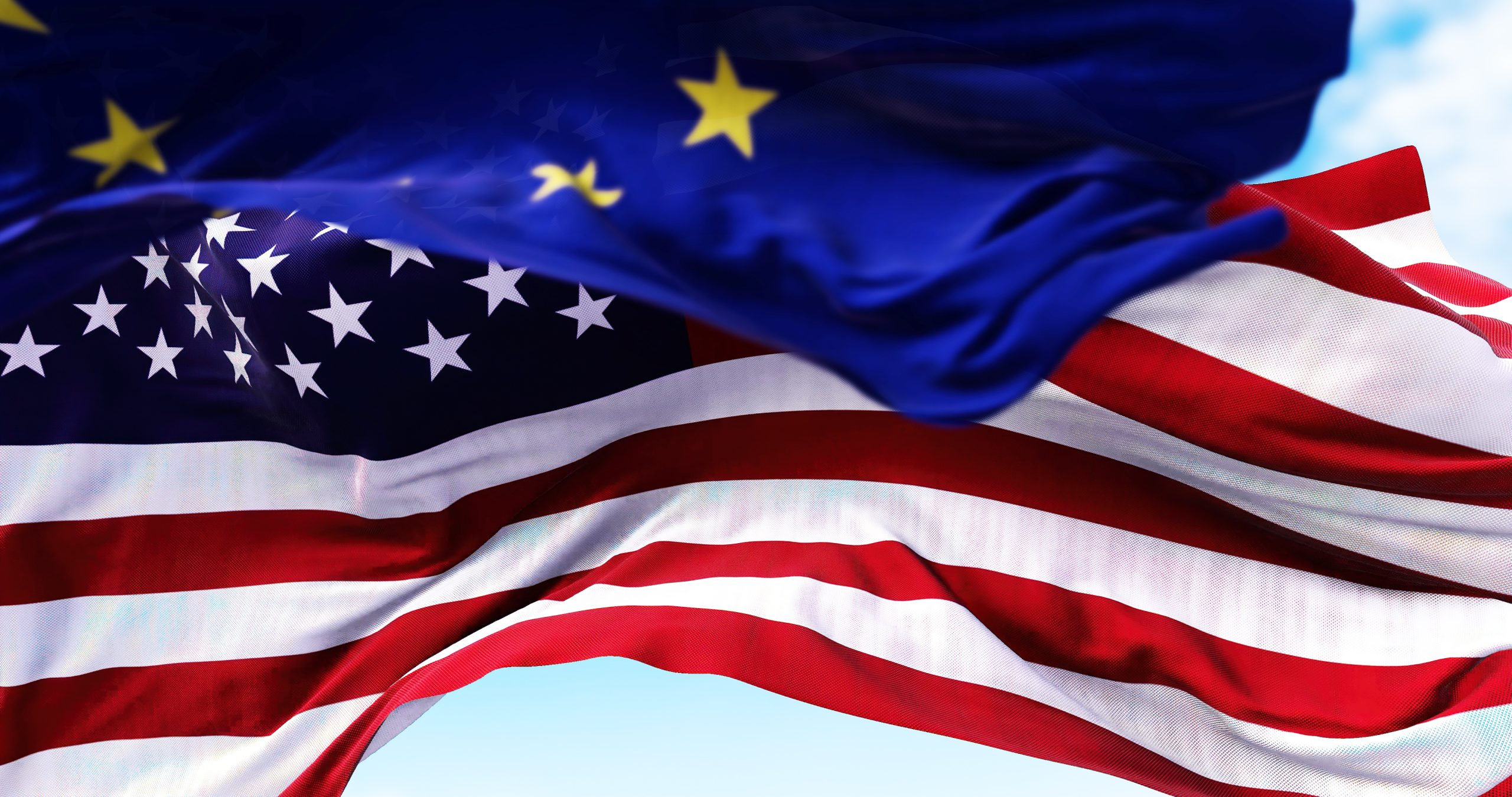

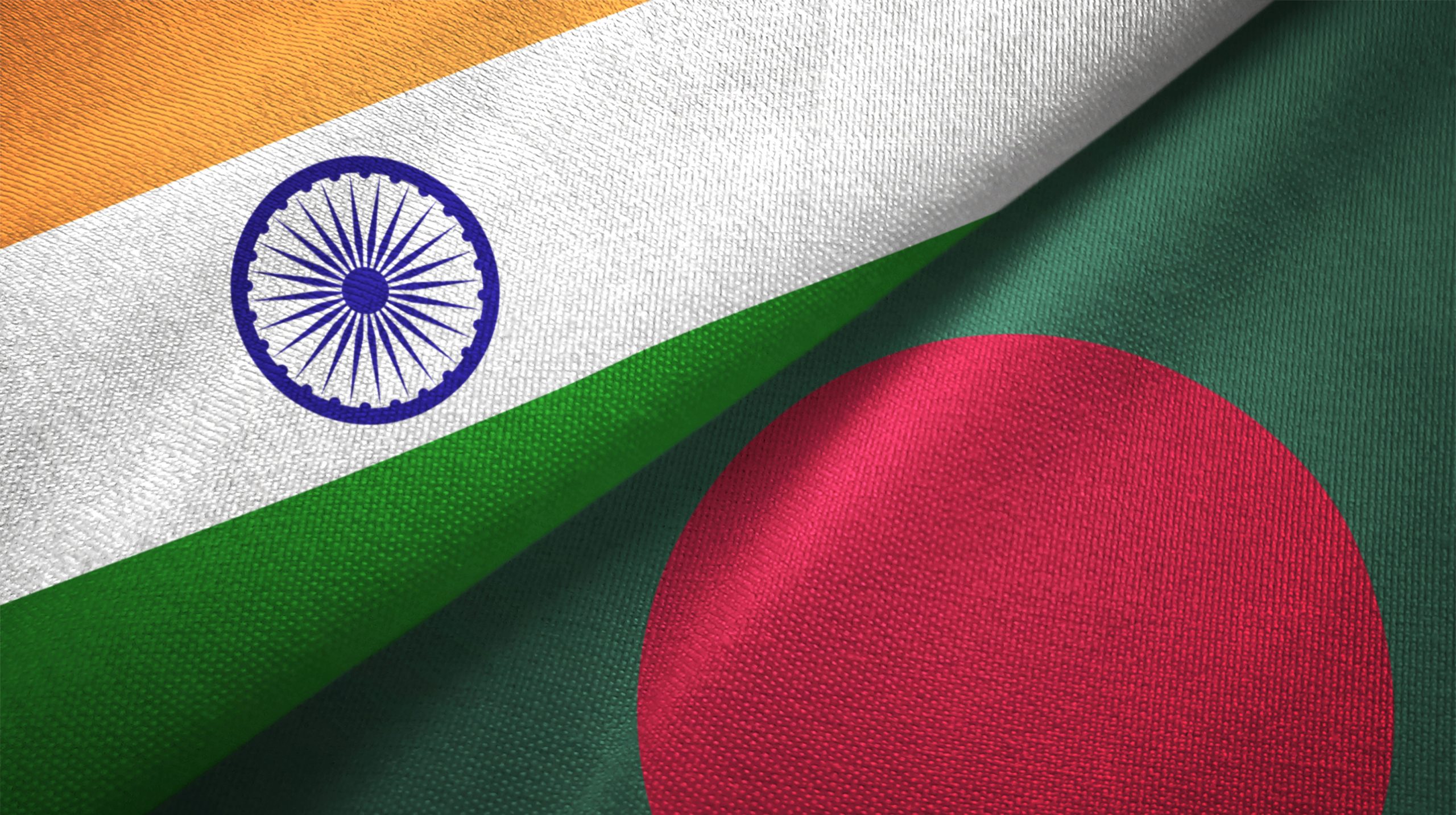
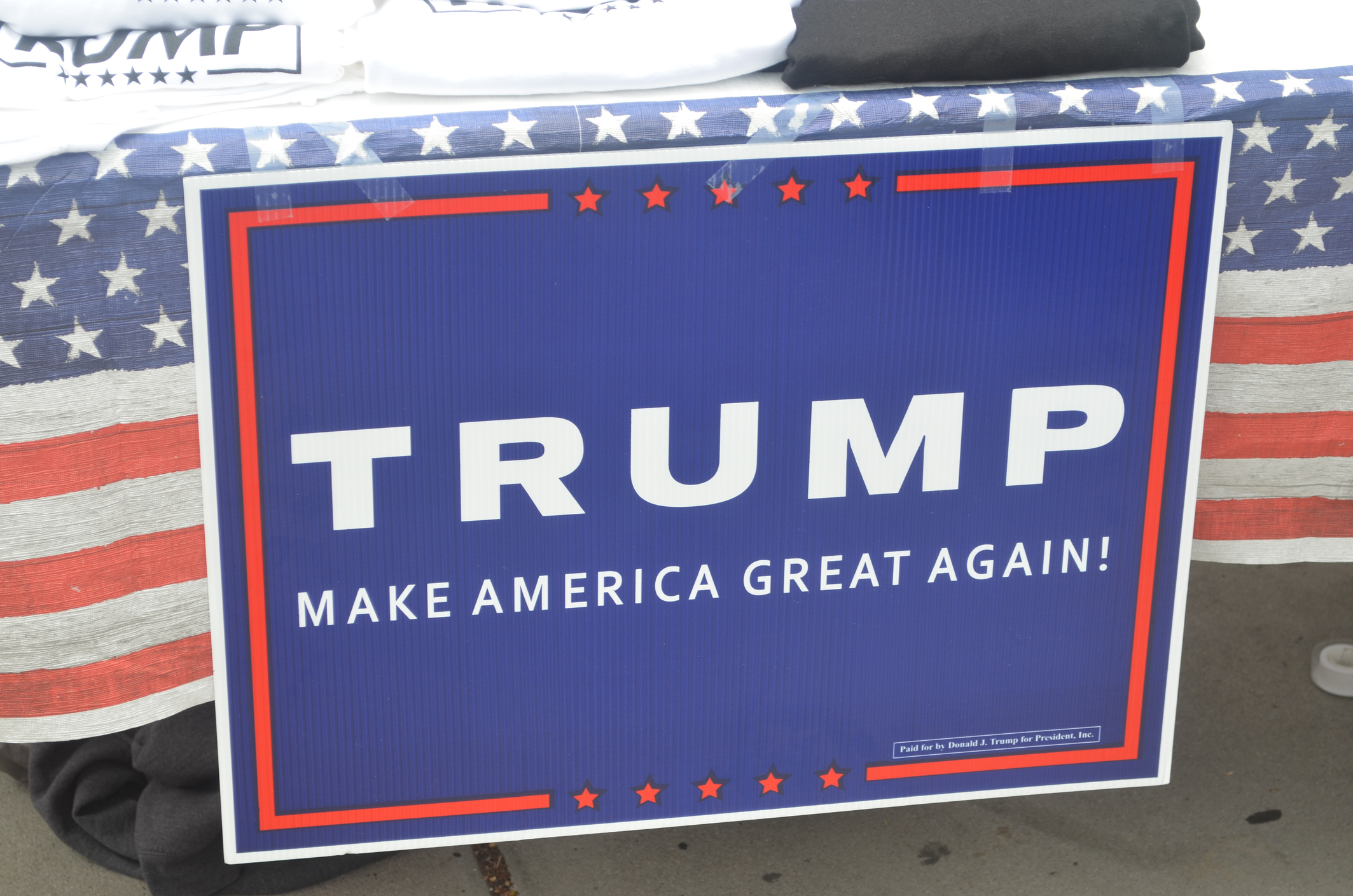
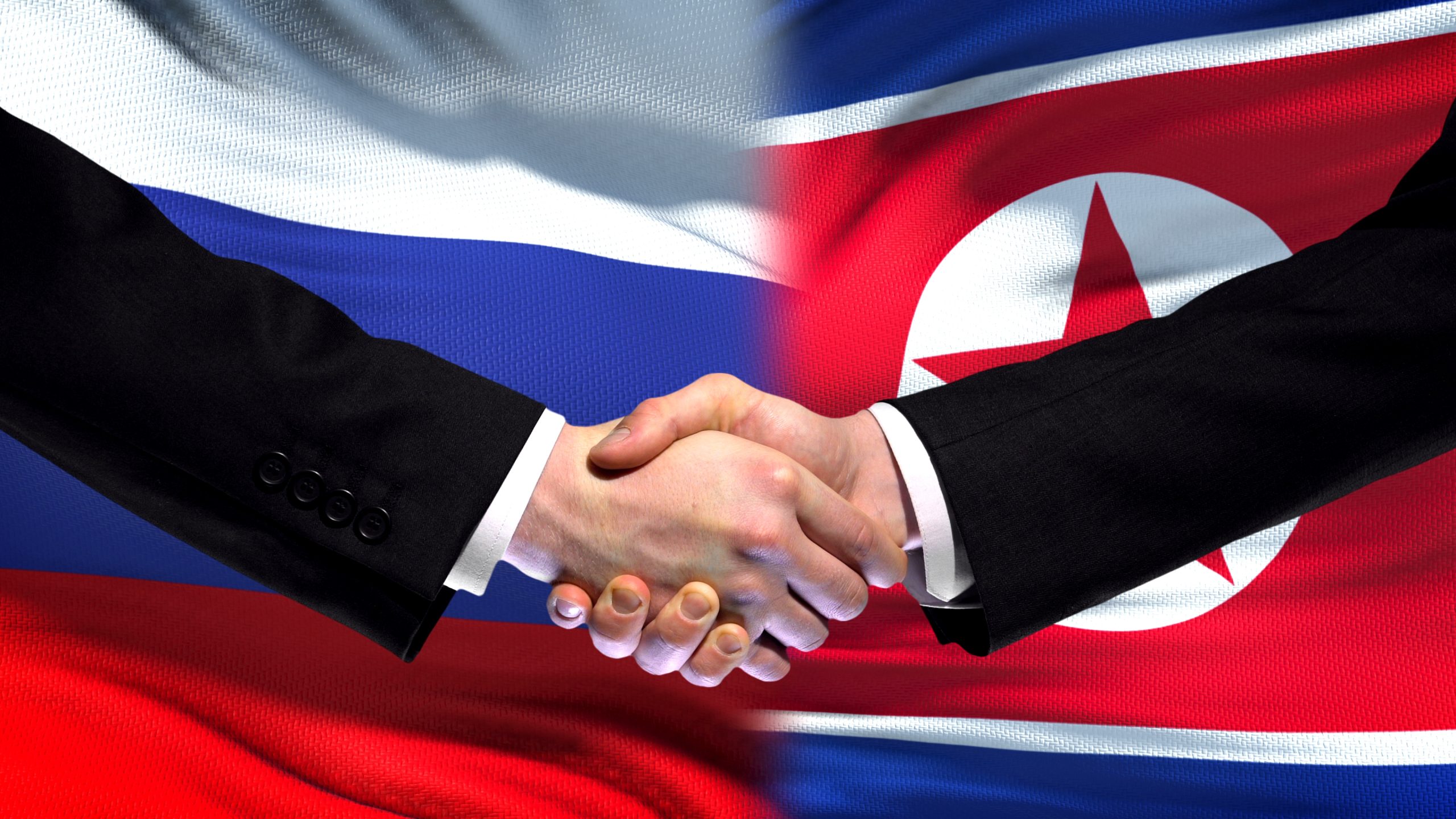
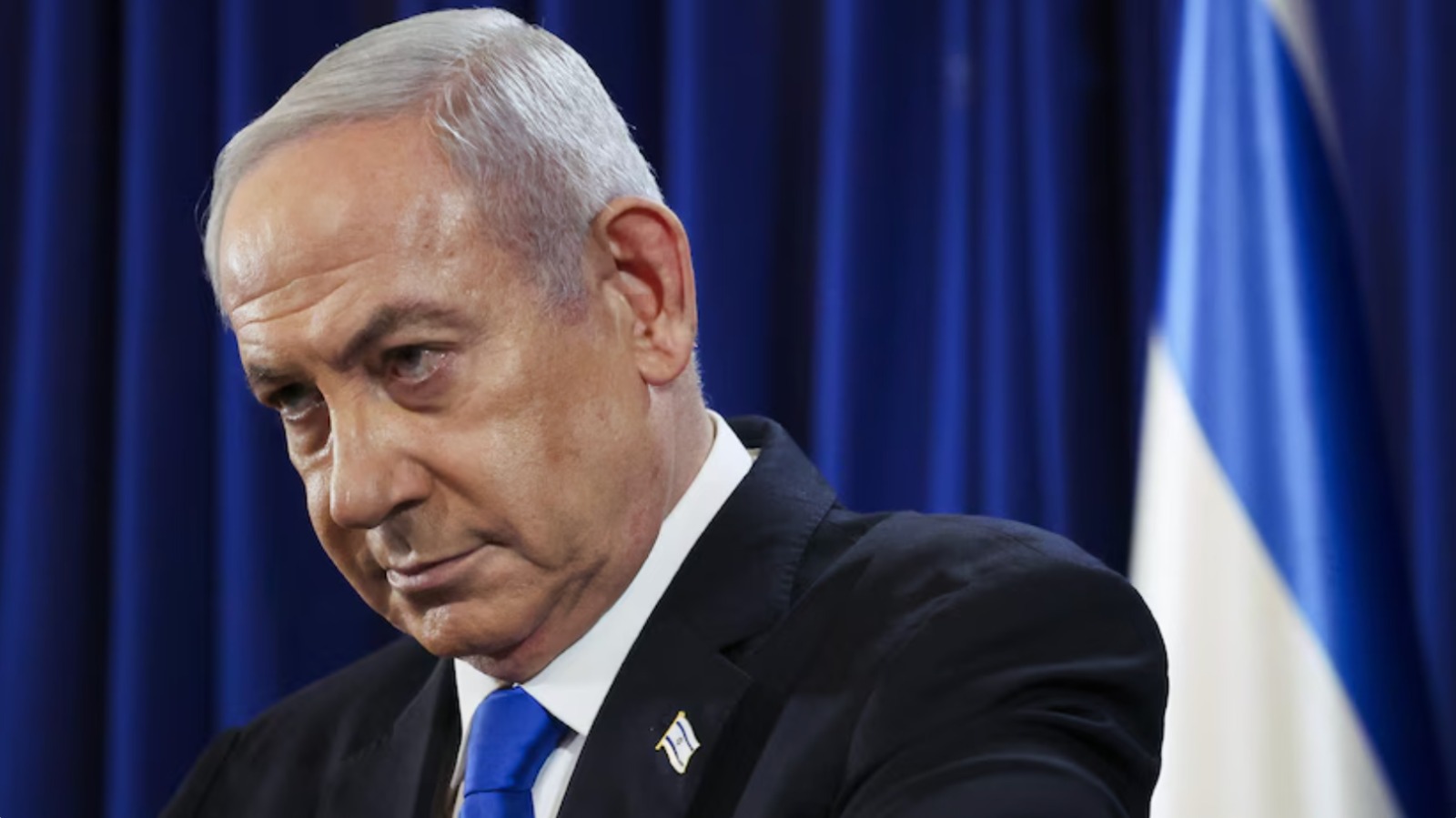






POST COMMENTS (1)
iHerb Code